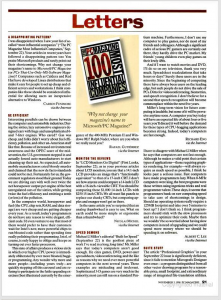Sometimes I decrypt LUKS volumes via dracut/dropbear (ssh). To enable this I follow the instructions from the dracut-ssh project. However since I usually use my linux boxes as hypervisors, and vms need a bridge, I end up with bridged networking.
Now for the problem: if your dracut networking config does not align with your normal post-dracut networking, you end up with a weird blending of the two. So to avoid this I just keep dracut the same, building by bond/bridges in dracut to match the normal configuration.
Here’s a sample portion of my /etc/default/grub:
rd.neednet=1 ip=10.10.2.2::10.10.0.1:255.255.240.0:server-2:bridge0:none:8.8.8.8 bridge=bridge0:enp47s0This all works well, so long as you are sure to install bridge-utils – otherwise dracut silently fails.
yum install -y bridge-utilsBe sure to rebuild your dracut
dracut --force --regenerate-allViola! Fin.
